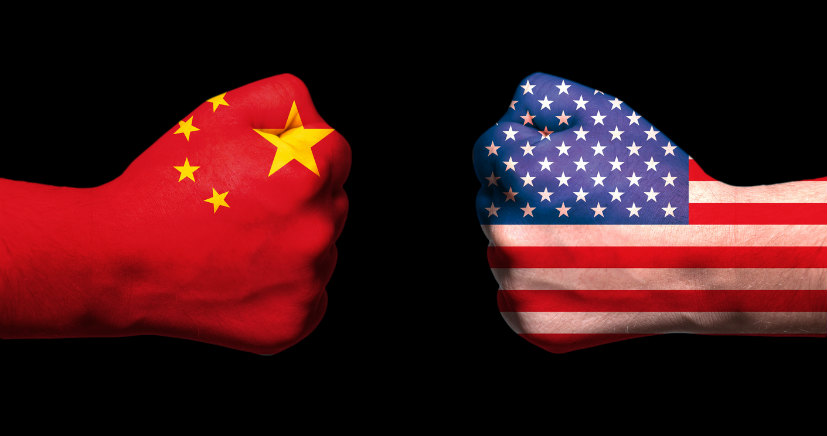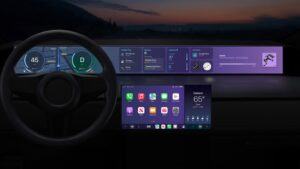The US Administration launches its first EV.
- Despite three years of saying there is nowhere to run (see here), Huawei is seeking refuge in the automotive industry with an EV that is almost certainly a result of the actions by the USA.
- This week it’s the Shanghai Auto Show and as my colleague Michael Dunne sagely points out (see here), it is total chaos (albeit somewhat organised) with more EVs than one can possibly see in one session let alone remember.
- Not to be left out, Huawei has also launched an EV that looks just like a Tesla, is called the Arcfox Alpha S and will be made in conjunction with BAIC (one of the big six State-owned carmakers).
- This vehicle will be powered by the HarmonyOS, which is Huawei’s next-generation operating system that currently powers some of its televisions.
- The idea behind HarmonyOS is that it can be scaled up or down to fit the hardware requirements of a digital device but still maintain compatibility meaning that all apps will run on all devices.
- The reality of this ideal has yet to be proven in the real world, but the idea of this level of compatibility is one of the foundations for creating a digital ecosystem that runs across all devices.
- This vehicle is effectively a smartphone on wheels with BAIC providing the wheels and Huawei providing the smartphone.
- Huawei and BAIC have put up some impressive numbers with a fully charged range of 435 miles and fast charging capable of adding 122 miles in 10 minutes but how well these hold up in the real world remain to be seen.
- Just like with its smartphones, Huawei is also offering wireless charging but how long this will take and the energy lost in transfer may make this an impractical solution.
- The vehicle also features an “autonomous driving mode” which is only available in Beijing, Shanghai and Shenzhen because this mode needs a high-definition map and currently Huawei only has those cities covered.
- In reality, I suspect that this means a level 2+ highway driving option very similar to GM’s Super Cruise function.
- This is geofenced highway driving where the vehicle will also change lanes and steer around the curves in the road.
- It requires the driver to be alert to the road at all times and so is not really autonomous in any real way.
- Real autonomy still remains years away in my opinion and nothing that I have heard about coming from the Shanghai Auto Show has led me to reconsider that position.
- Given that Huawei’s smartphone and infrastructure business are in dire straights (see here), this move makes a lot of sense.
- The Huawei brand and market share in China are still very high when it comes to smartphones meaning that having a familiar digital experience in the vehicle may be quite appealing to EV buyers.
- This also promises to offer cross-device compatibility with the rest of the Huawei ecosystem further enhancing its appeal against the other 400 or so companies trying to make in Chinese EVs.
- Should this be successful, it will help offset the revenue decline from smartphones and infrastructure but it is not going to boost margins.
- This is because no one makes a lot of money from selling cars as high margins on pressed steel, brake callipers and wheels are not practical in the mass market.
- This is not the first horizontal move that Huawei has made and as the US sanctions bite deeper, I am expecting it to make more.
- Huawei’s plight has not been lost on Xiaomi which is vying to take over Huawei’s crown (see here) and has a stronger smart home digital ecosystem to bolster its appeal.
- Even with these horizontal moves, Huawei’s star is falling fast, and I suspect that Xiaomi may a better shot at making a success of a digital vehicle than Huawei does.
- That being said, I still think that Xiaomi’s valuation trades above what I would consider fair value and I would wait for a better entry point.
- The outlook for Huawei remains as challenging as ever, which I expect to see soon in the numbers as it must be close to running out of components to make smartphones and base stations.
- I still think that only a trade deal between the USA and China can provide any relief and this remains very far away.









